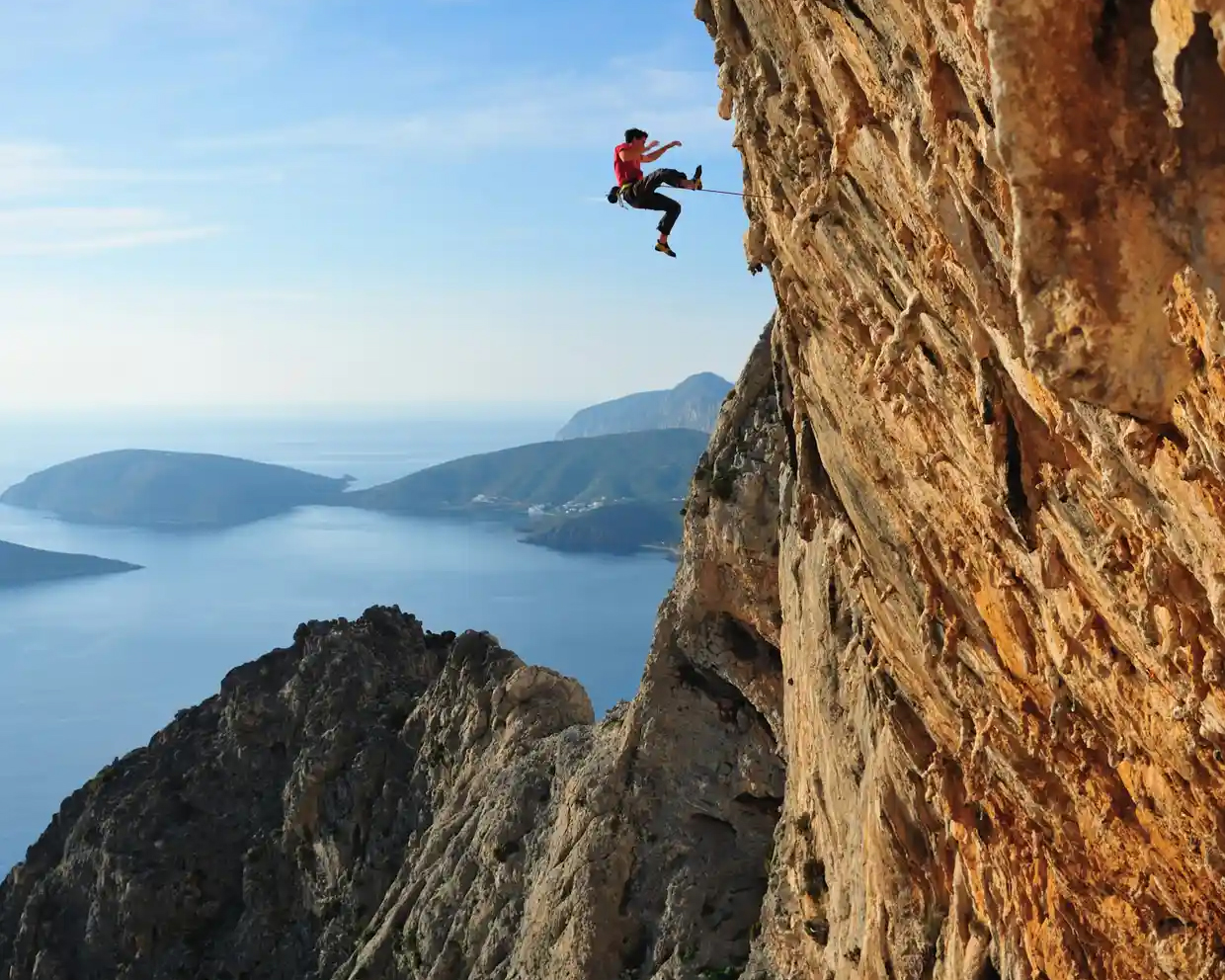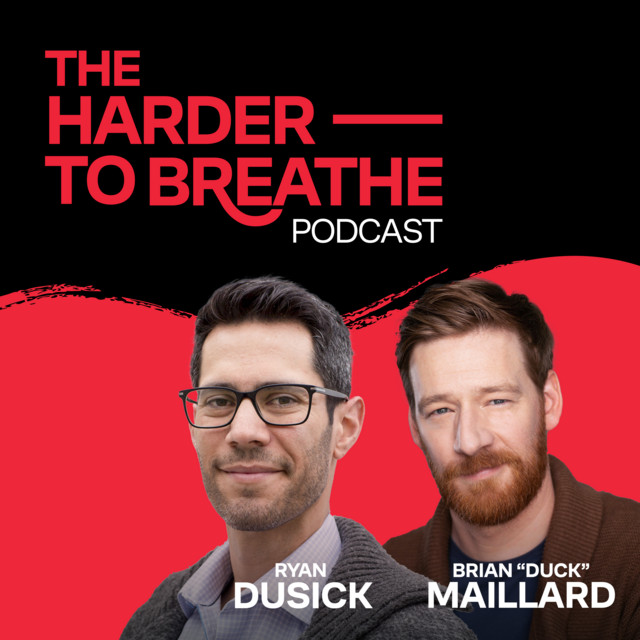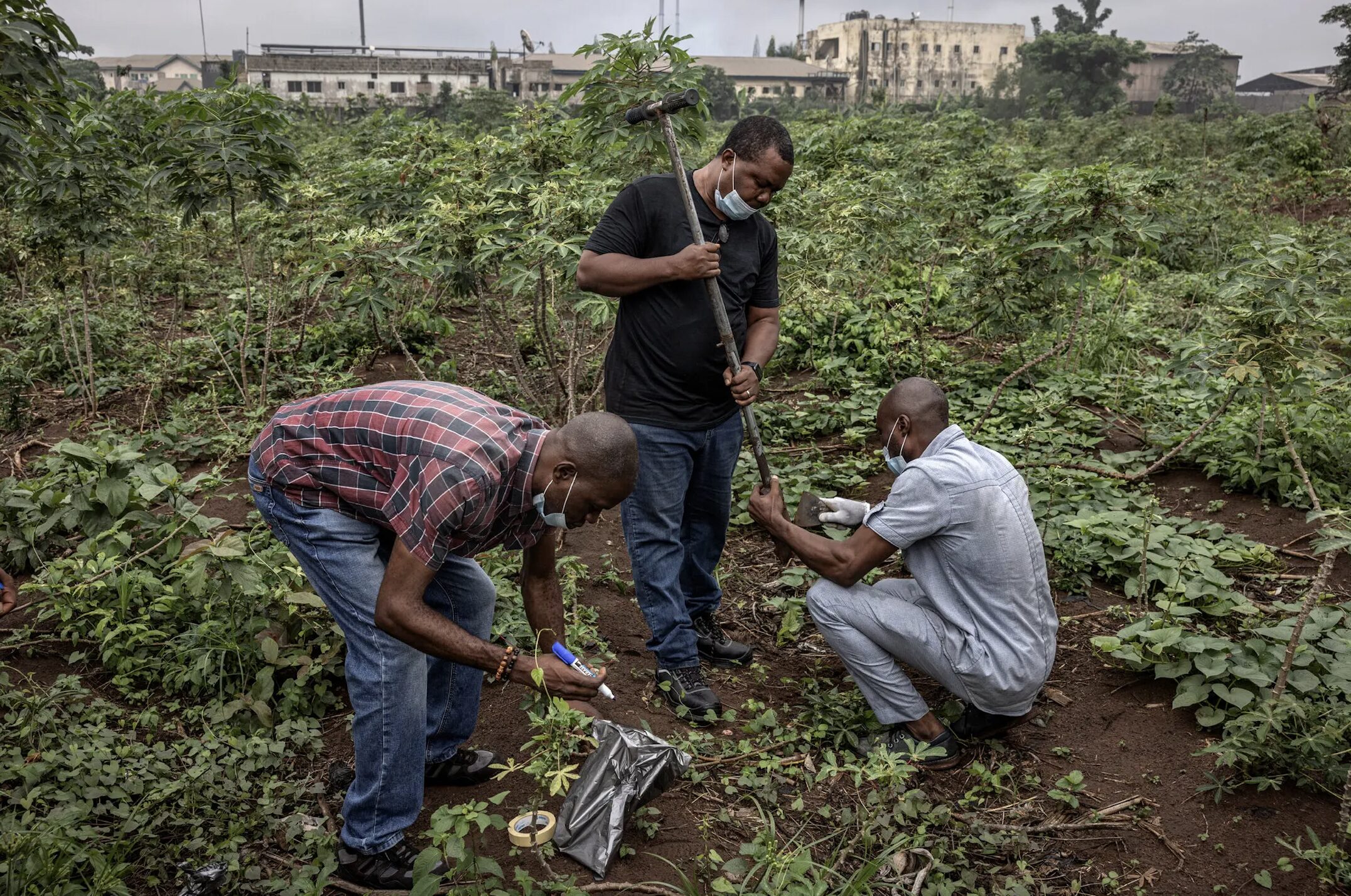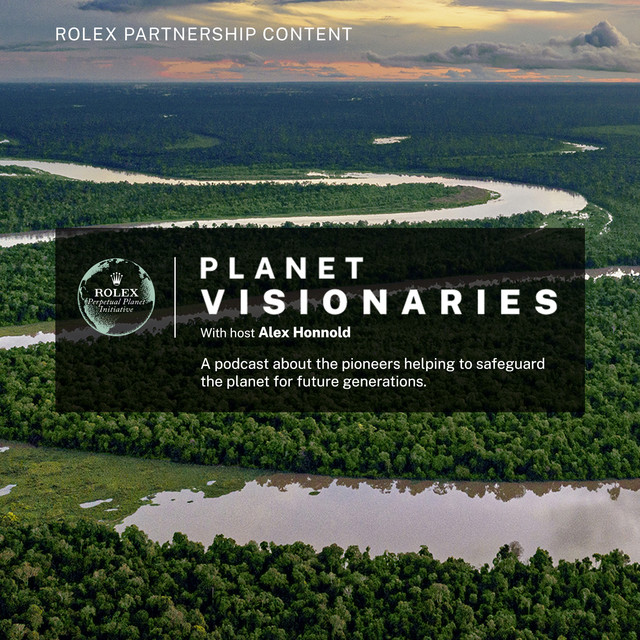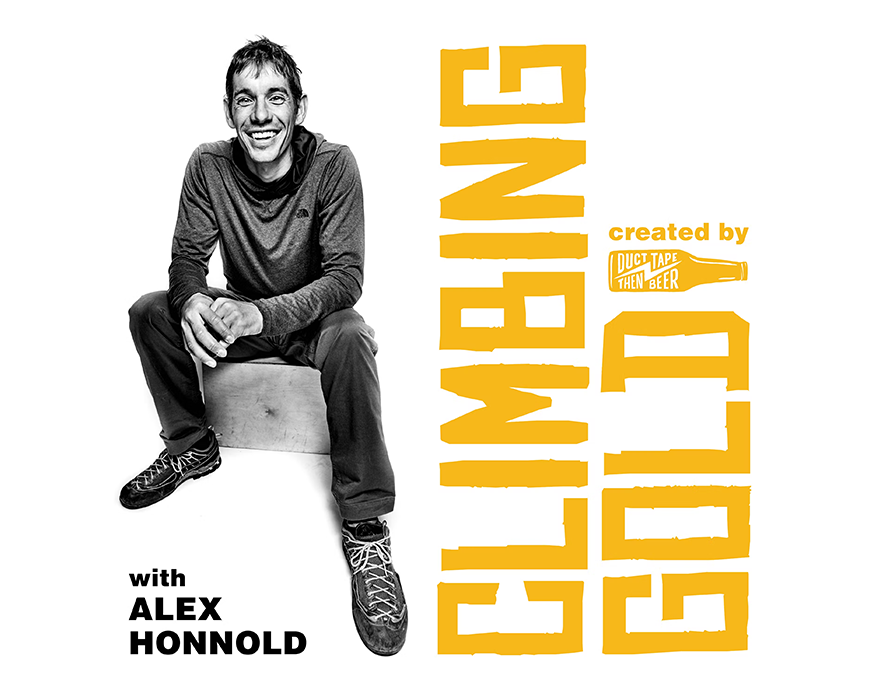When you’re climbing, things can go from fun to serious pretty quick. The worst fall I ever had happened while I was in Aspen, Colorado, in 2002. I broke my neck, my pelvic bone and four ribs. I collapsed my right lung, too, and had kidney and liver damage. I didn’t think about anything as I fell. I was just waiting for my equipment to catch me, but it didn’t. It all came away from the wall and I hit the ground 11 metres below. I don’t remember the impact so there was no trauma associated with that. I just remember waking up pretty disorientated, with about eight heads looking down at me. “Oh my God, you just fell,” I thought.
It shook me up and I swore I was finished with climbing. But I was 22 and my photography career was just starting to be a thing. So three months later, when a magazine asked me to go on a rock shoot, I agreed and I’ve been climbing ever since. I’ve had close friends who died base-jumping, ice-climber friends who died on big mountains, and one friend who died “free-soloing”. That’s climbing without a rope. It’s one of the most dangerous things you can do because there’s no room for any error at all.
I took this on a small Greek island called Kalymnos in 2011. The climber is Alex Honnold, an old friend of mine. He’s the star of Free Solo, the documentary about his ascent of El Capitan that won an Oscar last year. El Cap is a 3,000ft sheer rock face in Yosemite, California, and he climbed it without a rope. Although Alex is known in the public eye as a free solo-ist, most climbing he does takes place on a rope. He typically won’t free solo a difficult route until it’s been thoroughly rehearsed while attached to one. So that’s what makes this shot fun – and of course, here he’s clipped in.
Alex was on vacation but even on vacation he still climbs. It was an in-flight magazine that sent me along to shoot him. Kalymnos is a popular destination for rock-climbers, because of its beautiful weather, the glistening backdrop of the Aegean Sea, and climbs like this one, which is called the Grande Grotta.

We’re both about 30m up, me on an adjacent route. It’s a little tricky taking shots that way, working out of a bag while dangling from a rope that’s attached to the cliff via anchors. I like this shot because, compositionally, it’s very clean. Alex is falling right into the negative space. The light is nice, the Aegean looks amazing and, given the way his legs and arms are, he seems frozen in time. Everything in the shot reads well. Alex didn’t slam down into the wall, though. That part of the climb is so overhung, he just dropped down into air. If he hadn’t had a rope, if he’d been free-soloing, well, that would be a different conversation.
Falling is pretty standard at the top level when you’re pushing yourself. There’s maybe an 80-90% failure rate. You have to rehearse your moves. You learn a tough climb in sections: if you don’t have your hold right here, if you don’t put your foot correctly there, if you don’t bend your knee at this bit, then your body’s not going to have enough tension and you’re going to fall off. So you need a good understanding of your body and an excellent memory for moves.
I’ve done a lot of crazy things on mountains. I’ve lugged massive strobes up peaks just to light a shot. In 2012, on my first assignment for National Geographic, a plane dropped us at Queen Maud Land, 200 miles inside Antarctica. We spent 54 days living on the ice cap, self-supporting, slowly climbing this 2,200ft pinnacle. It can take days just to get into the right position for such a shot, to fully capture how wild and beautiful a place is. It was a very hard trip but it opened up a whole new world of work.
A lot has changed since taking that fall in Aspen. I’m married now and recently had a baby. It’s made me consider risk in a whole new way.

